Renewing leadership methods is a matter of principle and a vital, ongoing task of the Communist Party of Viet Nam throughout the revolutionary process.
As the country undergoes a profound transformation, the Party’s leadership and ruling role face new and higher demands. The key question is how the Party of Viet Nam can maintain sufficient capacity to lead the nation toward becoming a strong, prosperous, and happy country by the time it celebrates its 100th founding anniversary.
On this topic, an interview with Assoc. Prof. Dr. Nguyen Ba Chien, President of the Academy of Public Administration and Governance (APAG), has been conducted to gain deeper insights into the need to renew the Party’s leadership methods in the new era.

In recent years, the Party’s new resolutions have reflected a markedly renewed spirit; these resolutions are concrete, measurable, and focus on implementation roadmaps and mechanisms. Party General Secretary To Lam recently emphasized the need to shift from “policy promulgation” to “implementation governance.” Do you think this marks a sign that our Party is adjusting and renewing its leadership and ruling methods? If so, what exactly does that adjustment entail?
Assoc. Prof. Dr. Nguyen Ba Chien: Your observation is accurate. This is not merely a sign but a clear affirmation of a profound and pivotal transformation in the leadership and ruling methods of the Communist Party of Viet Nam.
This adjustment can be described as a shift from the method of “leadership through policy orientation” to “leadership through implementation governance.”
In reality, for a long time, the Party’s leadership role was primarily demonstrated through the issuance of platforms, guidelines, policies, and resolutions with strategic orientations. This approach was suitable during the struggle for independence and the early years of nation-building, when the main task was to define the path and overarching goals.
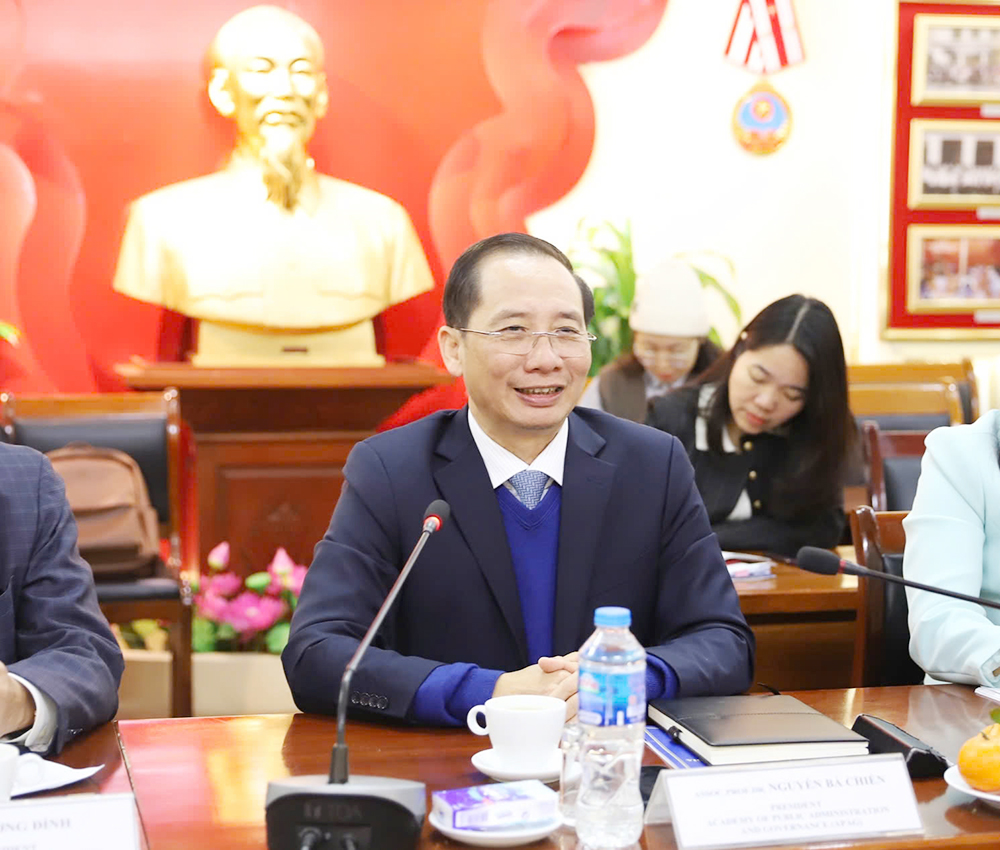
However, over time, this method has revealed its limitations, particularly the emergence of “policy lag,” or the gap between sound orientations and actual outcomes. While the Party’s policies and guidelines may be correct, they often lack clear quantitative indicators or mechanisms for monitoring and evaluating implementation results. As we have often said, “Our policies are right, but the weakest link lies in execution.”
To address this, recent Party resolutions (such as Resolutions 57, 59, 66, 68, and 70, 71, 72), along with the remarks of Party General Secretary To Lam, have supplemented, refined, and elevated the Party’s leadership method, making a decisive shift from “policy promulgation” to “implementation governance.” This approach places citizens and enterprises at the center and uses practical outcomes as the primary measure of success.
This shift does not deny the importance of strategic orientation but focuses on strengthening the previously weaker link, i.e. the organization of implementation. In other words, the Party now requires every resolution to be concretized into a clear action program, supported by resources, timelines, measurable indicators, monitoring mechanisms, and accountability frameworks.
What are the main characteristics that mark the shift from the traditional leadership method to the leadership method based on implementation governance?
Assoc. Prof. Dr. Nguyen Ba Chien: First, regarding specificity and measurability. Instead of setting general goals, the new Party resolutions now define clear indicators (KPIs) and measurable outcomes. For example, Resolution No. 68-NQ/TW (on private sector development) sets out very specific quantitative targets: by 2025, a 30% reduction in administrative processing time and a 30% reduction in compliance costs; and by 2028, Viet Nam’s business environment is expected to rank among the top three in ASEAN.
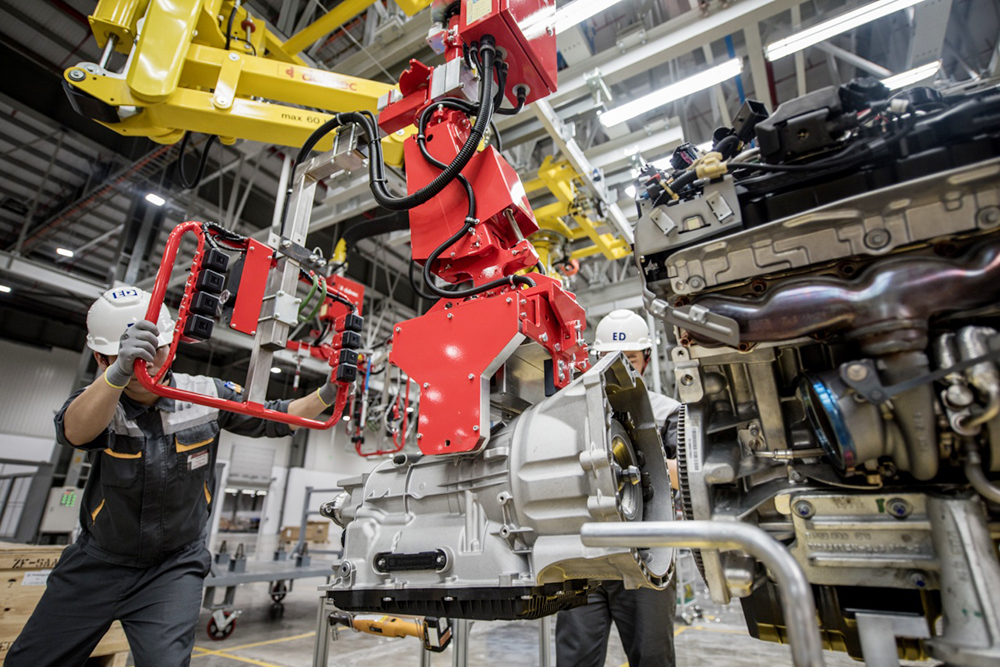
Similarly, Resolution No. 66-NQ/TW emphasizes that “law-making must be closely grounded in Viet Nam’s realities,” aiming to turn institutions into a competitive advantage for national development. These examples demonstrate that the Party’s leadership is now focused on achieving concrete results and implementing effective mechanisms.
Second, recent decisions clearly define processes and timelines. Each major policy direction is accompanied by a detailed implementation plan, which specifies phased milestones, deadlines for completion, and clearly designates the responsible agencies.
Particularly, accountability and control mechanisms are strongly emphasized, highlighting the principle of “clarity of responsibility, task, timeline, performance, and accountability.” Monitoring, evaluation, and personal accountability mechanisms for leaders are built directly into the resolutions.
This marks a qualitative shift in leadership thinking, from merely “showing the way” to “walking together and overseeing to the end.” The Party no longer only sets directions but also builds mechanisms, establishes tools, measures effectiveness, and assumes ultimate responsibility for outcomes. That is the essence of modern governance.

One of the most notable features in recent policy decisions is the call to integrate knowledge, expertise, data, and modern management tools into the political decision-making process. From the perspective of public administration science, how do you view this trend?
Assoc. Prof. Dr. Nguyen Ba Chien: This trend can be described as a process of “technocratization” of the Party’s leadership method. Here, technocratization does not mean that technical experts replace political leaders, but rather that the principles, tools, and thinking of modern administrative science are integrated into political leadership. This process is reflected in the increasing role of knowledge, expertise, and data in decision-making, characterized by several key features:
First, evidence-based policymaking. Decisions and policies are no longer based solely on political will or experience but must be supported by objective data, scientific analysis, and multidimensional impact forecasts. This helps policies become more effective and less risky in practice.
Second, performance-oriented governance. The effectiveness of a Party organization or a leader is evaluated based on measurable, concrete outcomes achieved for their locality, sector, or the nation, rather than on formal compliance with resolutions.

Third, optimization and professionalization. Leadership and direction are structured as a scientific management process, covering planning, organization, task allocation, monitoring, supervision, and adjustment. This requires and promotes the professionalization of leaders, advisory teams, policy consultants, and implementers.
Fourth, enhanced transparency and accountability. The application of information technology and digital transformation within Party organs improves transparency, public access to information, and accountability. The people are placed at the center, overseeing the implementation process. This strengthens public trust, as citizens can directly see the progress and results of Party policies.
In your opinion, what specific changes will the “technocratized” leadership model bring to national governance effectiveness and public trust in the Party’s leadership?
Assoc. Prof. Dr. Nguyen Ba Chien: Regarding national governance effectiveness, it directly addresses the “policy-on-paper” syndrome, reducing stagnation and lack of accountability in policy implementation. National resources will be allocated and utilized more efficiently. The business and investment environment will become more transparent and predictable, thereby stimulating economic growth.

As for public trust, confidence does not come from broad, rhetorical appeals but from tangible, real-life outcomes. In a ruling party system, legitimacy must increasingly be built on performance. When people can see that more roads are being built, more schools are constructed, tuition and hospital fees are waived, administrative procedures become faster, and corruption, misconduct, and waste are visibly prevented and reduced, then trust in the leadership of the Communist Party of Viet Nam will be strengthened in a sustainable way.
Overall, this model shifts the foundation of the Party’s legitimacy from “historical legitimacy” toward “developmental and governance legitimacy.”
Over the past 95 years, the Party of Viet Nam has continuously renewed its leadership methods in accordance with the requirements of each revolutionary period. In your view, what are the objective laws and inevitable factors that make it necessary for the Party to continue innovating its leadership methods in this new era?
Assoc. Prof. Dr. Nguyen Ba Chien: Throughout its 95-year history, the Party of Viet Nam has always aligned the renewal of its leadership methods with the practical requirements of each revolutionary stage. This is an objective law of history. Every era, with its distinct contexts and challenges, requires adaptive leadership methods. The current transformation is not coincidental but stems from the inevitable and objective demands of both domestic and international contexts.
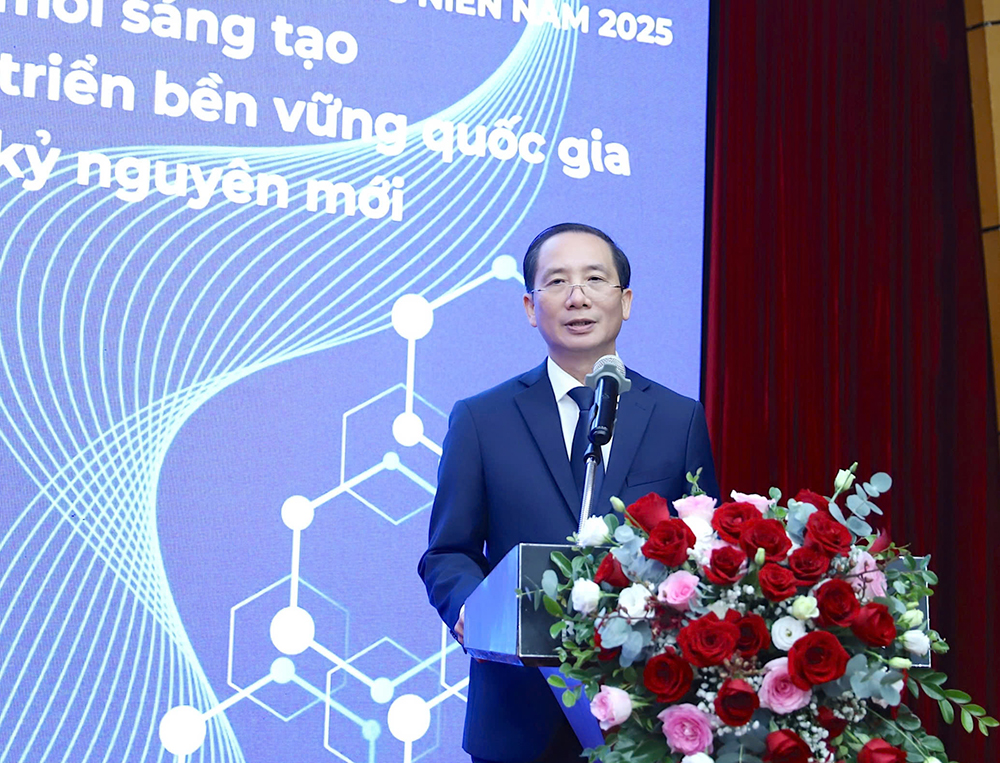
First, it arises from the country’s own development realities. After nearly 40 years of implementing Doi Moi, Viet Nam has achieved remarkable accomplishments: the average annual economic growth rate reached 6.6% from 1986 to 2023; by 2025, the economy is projected to exceed USD 500 billion, ranking among the world’s 30 largest economies, with per capita income expected to surpass USD 5,000. Viet Nam is approaching the threshold of an upper-middle-income country. According to the World Bank, very few countries have managed to escape the “middle-income trap.” Viet Nam aims to become a developed, high-income nation by 2045, meaning we have only about 20 years to achieve this strategic goal, which demands a new growth driver. This driver can no longer rely on cheap labor or natural resources, but must come from science, technology, innovation, and especially effective governance. A modern and effective national governance model is now the most crucial source of competitiveness. Thus, this new stage of development requires an adaptive transformation in leadership methods to generate fresh momentum and space for growth.
Alongside opportunities, challenges remain significant. Viet Nam is one of the five countries most affected by climate change. In 2024 alone, Typhoon Yagi caused economic losses exceeding VND 88.7 trillion (0.62% of GDP in 2023), reducing GDP growth by approximately 0.24% in 2024, resulting in 320 deaths, 25 missing persons, and thousands of damaged homes. In 2025, abnormal and extreme weather events, along with Typhoons No. 5 and No. 10, also caused major losses in both human and material terms. According to forecasts, Viet Nam has only about 10 years left before the end of its demographic dividend (by 2036). Opportunities will pass quickly; time will not wait for us, which demands strategic decisiveness and urgency in policy execution. Without systemic governance innovation, Viet Nam risks entering a phase of “getting old before getting rich.” At that point, the burden of social welfare and other societal issues would accelerate the slide into the “middle-income trap.”
The necessity for change also stems from the population’s higher educational level and greater expectations for transparency, accountability, and government performance. Citizens today expect not only correct Party policies but also effective leadership in implementing them - policies that bring tangible benefits to their lives. The Party must meet these legitimate expectations to maintain its role and close bond with the people.
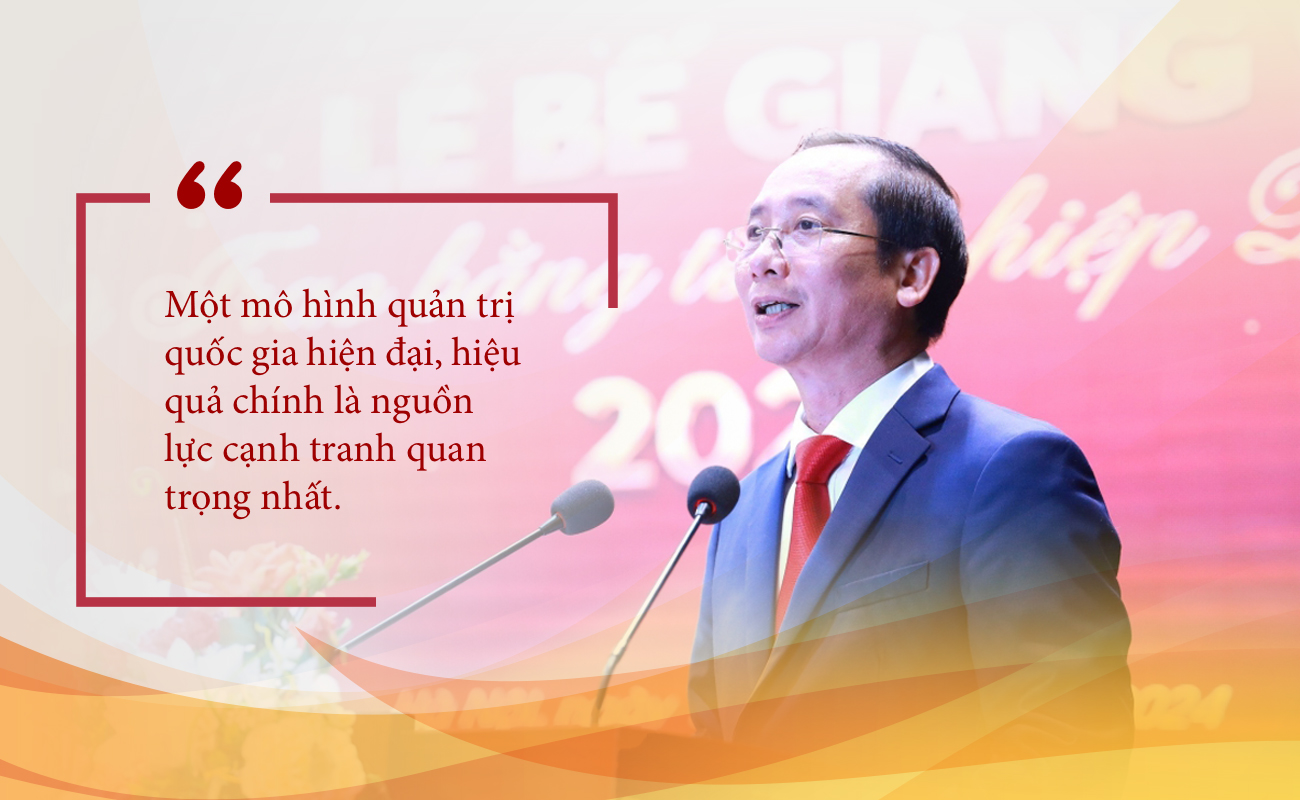
Moreover, the global environment is increasingly volatile, requiring not only “governing change” but “changing the way we govern.” The United Nations has described the current era as one of “uncertainty, insecurity, and building the future in a transforming world.” Nations now face unpredictable disruptions - pandemics, non-traditional security threats, geopolitical conflicts, strategic competition, supply chain crises, and climate change. This compels every country to enhance its governance capacity for flexibility, adaptability, and rapid recovery. To lead the nation through these challenges and seize emerging opportunities, the Party of Viet Nam needs a leadership model that is agile, methodological, and capable of making accurate decisions based on big data and complex analytics.
n recent years, Viet Nam has been resolutely advancing an institutional reform revolution - streamlining the organizational structure of the political system and implementing the two-tier local government model. A leaner administrative structure with broader development space and higher governance vision demands greater cognitive, managerial, and operational capacity from the leadership apparatus and the entire system.
New challenges cannot be solved with old mindsets or habitual methods. The most formidable challenge today is not the problems themselves but attempting to address unprecedented issues with outdated approaches.
The leadership model of a ruling party must always stay one step ahead - capable of addressing the emerging issues posed by the country’s development reality. Therefore, leadership innovation is both historically inevitable and an urgent necessity to realize Viet Nam’s development goals in the new era.
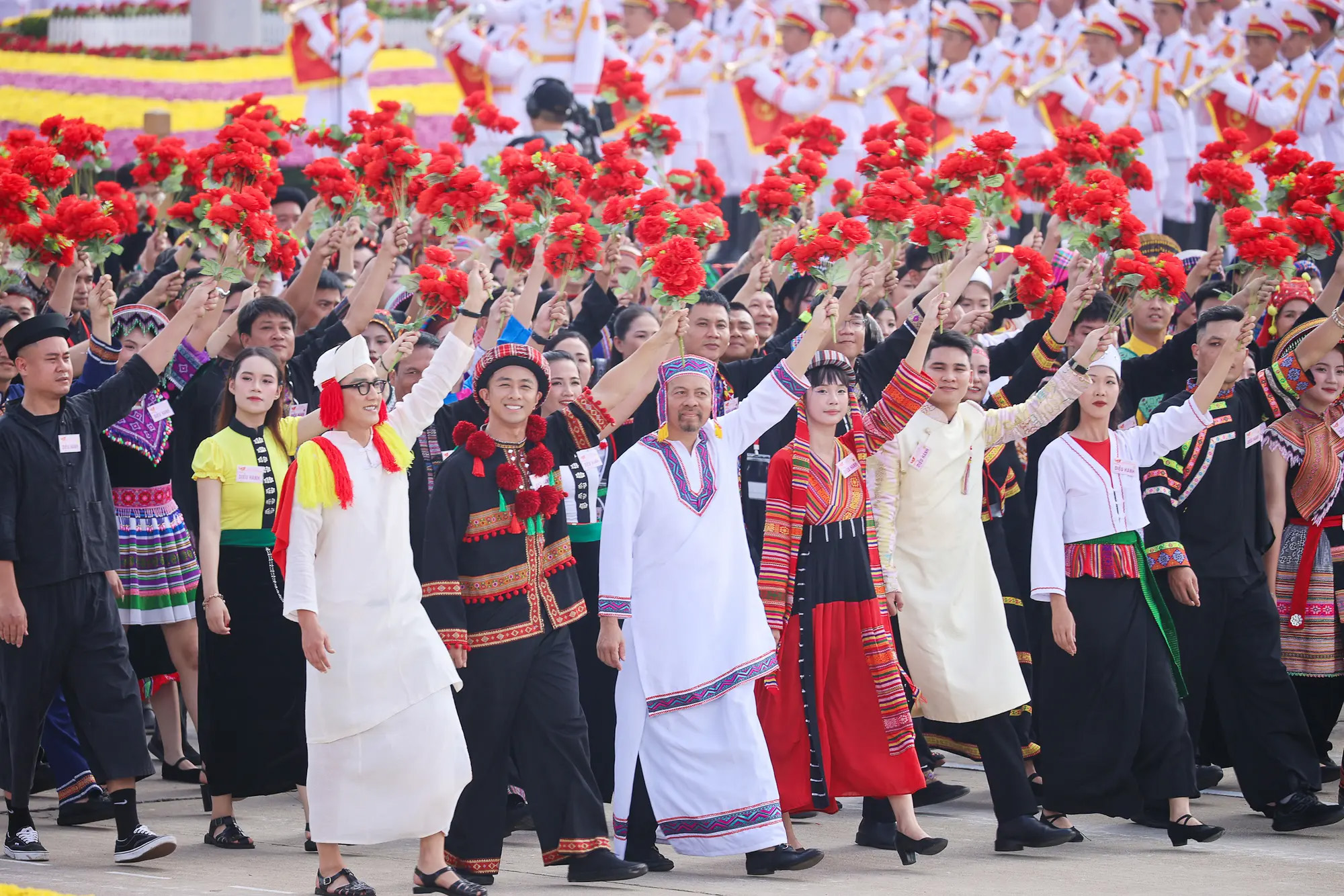
The renewal of leadership and governance methods in this new stage of development surely presents a significant number of challenges. What key issues should we pay attention to, in your opinion?
Assoc. Prof. Dr. Nguyen Ba Chien: Challenges are inevitable when renewing leadership and ruling methods in a new stage of development. This requires the Party’s leadership vision and capacity, which have been clearly demonstrated in the Party’s four key Resolutions (No. 57, 59, 66, and 68). We can see that the main challenges today fall into three major groups:
First, the capacity to build a development-oriented institutional framework remains insufficient; laws, administrative structures, and intersectoral coordination are still fragmented.
Second, the capacity for implementation remains inconsistent, including weaknesses in policy analysis, professional competence of civil servants, and systemic capability.
Third, transparency and accountability have yet to be maintained continuously and comprehensively.

These challenges can certainly be overcome if we can properly identify them and adopt synchronized solutions. In my view, the Party of Viet Nam needs to achieve a dialectical and harmonious combination between its two roles: that of a “thought leader” and a “development manager.”
In your opinion, what solutions should the Party adopt to harmonize its two roles: that of a “thought leader” and a “development manager”?
Assoc. Prof. Dr. Nguyen Ba Chien: First of all, the Party must continue to remain steadfast in its ideals while being flexible in its leadership methods. The Party’s ultimate goal is to successfully build a socialist Viet Nam - a prosperous people, a strong nation, and a democratic, just, and civilized society where everyone enjoys a prosperous and happy life. This is the “flag of ideals” that will never change. Meanwhile, the “implementation governance” approach is the tool, the pathway to effectively realize that ideal in the new context.
The Party should continue to emphasize ideological and moral values, rekindle the patriotic spirit in every cadre, Party member, and citizen. Renewal must be based on the firm theoretical foundation of Marxism–Leninism and Ho Chi Minh Thought. When the objectives, roadmaps, and implementation mechanisms are closely tied to the legitimate interests of the people, the Party’s leadership and governance role will carry both historical legitimacy and developmental legitimacy grounded in practical results.
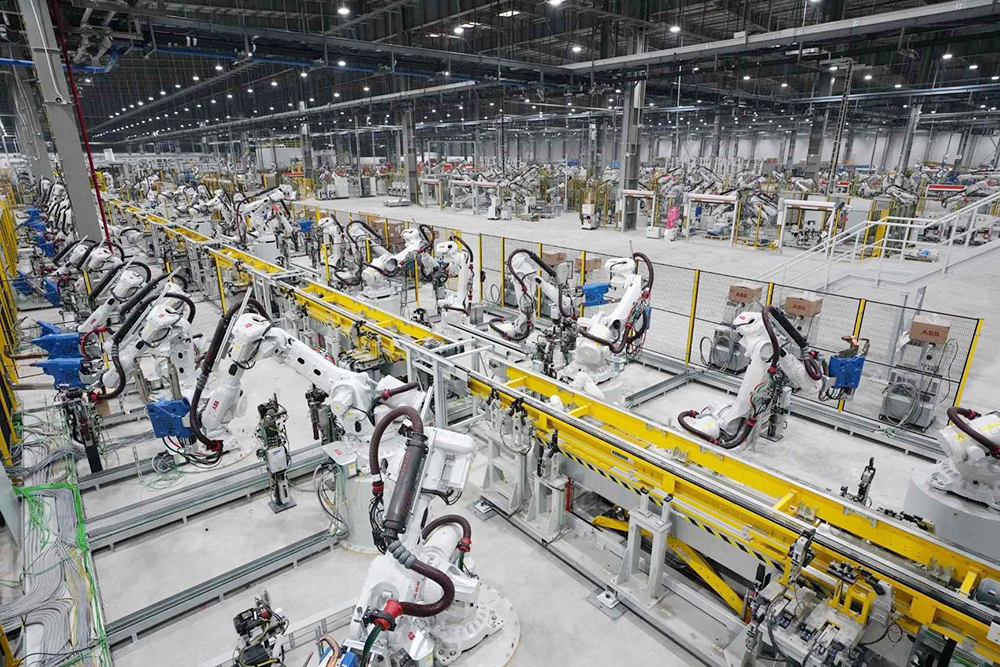
Second, it is essential to enhance the quality of public leaders and managers so that they are capable and qualified to adapt to the new context. Cadres in this period must not only possess strong political will but also professional competence, modern managerial skills, innovative thinking, and the courage to think, act, take responsibility, and face challenges.
A national strategy should be developed for the training, recruitment, and placement of cadres to meet the requirements of this new governance model. The Party must continue to train and foster cadres with methodological thinking, professional and modern working styles, and up-to-date understanding of policies and laws for effective implementation. Implementation capacity and work performance should be the primary criteria in evaluating cadres.
Third, it is necessary to clearly define the roles of the Party’s leadership and ruling, the State’s management, and the People’s ownership. The Party leads by setting vision and strategy, establishing development objectives for the State, and supervising the implementation process. In his article “Continuing to strongly innovate the Party’s leadership and ruling methods – An urgent need of the new revolutionary period,” Party General Secretary To Lam emphasized that the Party rules through the law — it leads by formulating the Constitution and laws and operates within their framework. Party members and officials must comply with and uphold the rule of law. He also underlined: “The ruling Party must take responsibility for all successes and shortcomings in building and defending the nation.” The State, through its professional apparatus, will implement these goals using legal and policy instruments. The people participate in supervision, feedback, and benefit-sharing. This approach strengthens public trust as citizens see their rights respected and their well-being advanced under the Party’s sound leadership.
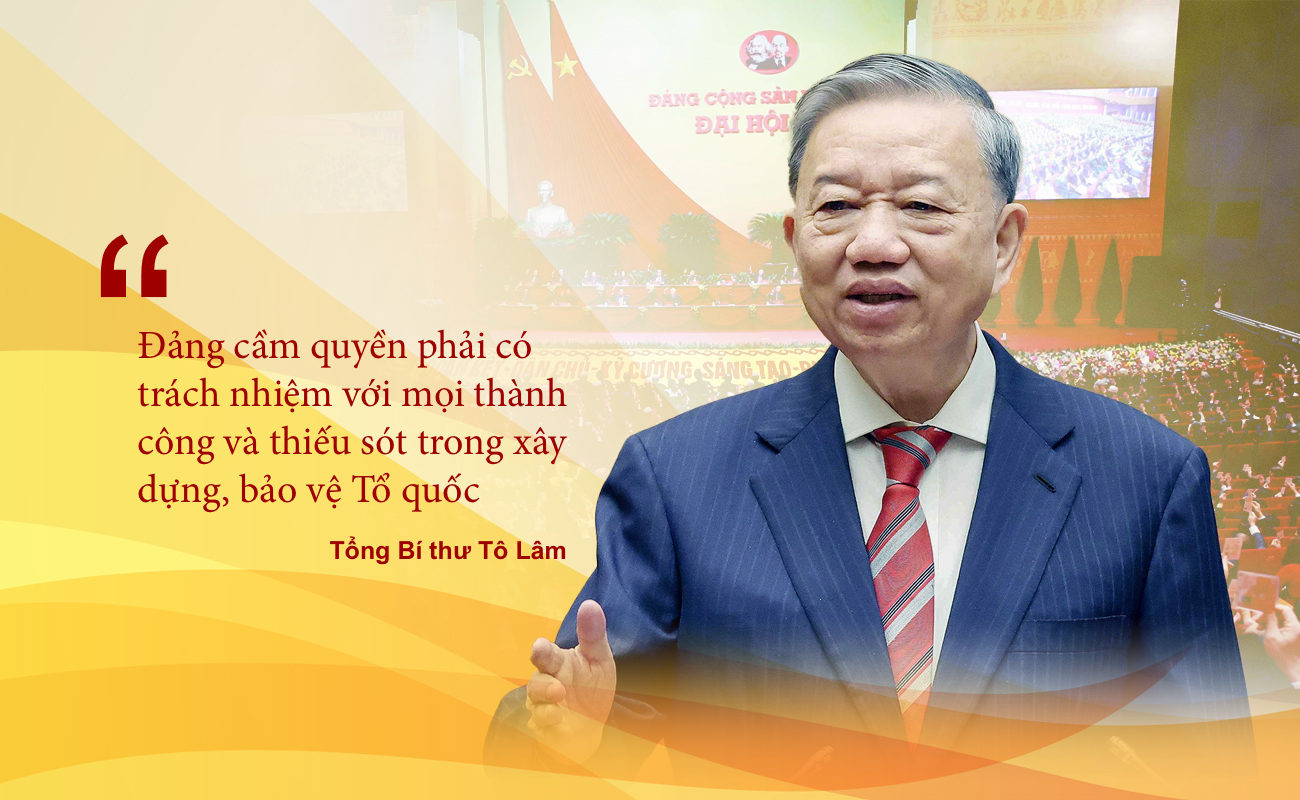
Clear delineation between the Party’s leadership and ruling role, the State’s management function, and the People’s ownership helps prevent the Party from becoming bogged down in administrative affairs, allowing it to maintain its strategic, guiding, and visionary role.
Fourth, it is crucial to strengthen power control and rely on the people. The implementation governance model delegates greater authority and responsibility to individuals and organizations; therefore, mechanisms for power control and the prevention of corruption, negativity, and waste must become tighter and more effective. At the same time, more channels for policy dialogue should be opened to enable citizens to participate in policymaking, implementation, and supervision. Ultimately, the Party’s strength and legitimacy derive from the people and exist for the people.
Fifth, new initiatives and unprecedented reforms should be implemented through a pilot–scaling approach or through immediate adoption once sufficient theoretical and practical grounds are established. Controlled pilot testing, independent evaluation, and then scaling up should replace mass, simultaneous implementation. This method harmonizes reform and innovation with stability for sustainable development.
The seamless combination of revolutionary essence and pioneering ideals with the Party’s superior national governance capacity will firmly reinforce the Party’s legitimacy in leading the State and society. When the Party can demonstrate that its leadership is not only historically correct but also outstanding in terms of governance effectiveness, its standing and the people’s trust in the Party will continue to be strengthened and elevated. In doing so, the Party affirms its modern, methodological governance capacity — maintaining historical legitimacy while asserting developmental legitimacy.
Thank you very much.
